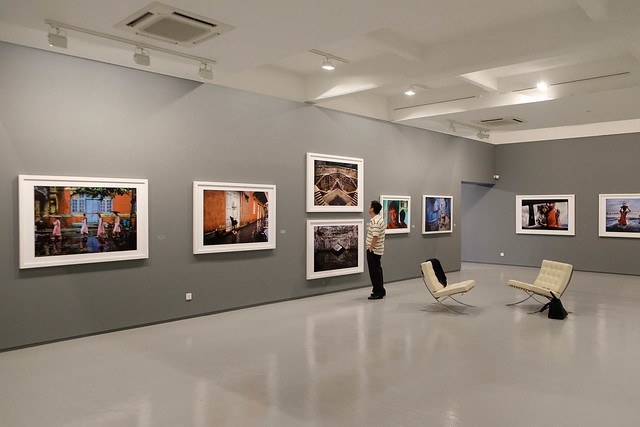
Steve McCurry is most known for his 1984 photograph of an Afghan girl with haunting green eyes and red headscarf that appeared on the June 1985 issue of the National Geographic Magazine. The acclaimed National Geographic photographer has been to many places, covering international conflict and documenting ancient traditions and vanishing cultures and heritage.
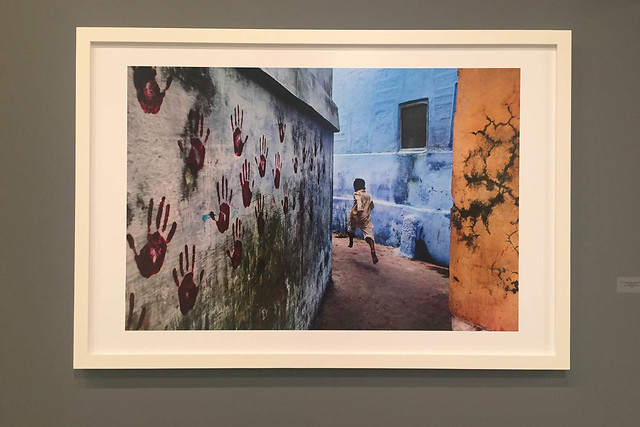
As part of the Singapore Art Week, the Sundaram Tagore Gallery at Gillman Barracks held an exhibition of 53 of his best known works. I was fortunate to be present at the press preview where the man himself is also present to take us on a tour of his photos and tell us the backstory behind them. He also did a short Q&A session with us.
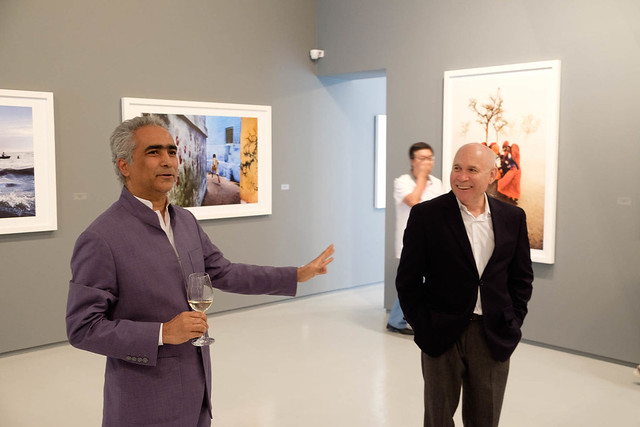
I have seen many of his works, both online and in photo books, but this is the first time I ever saw them as large prints—many as big as 60 by 40 inches. They were simply stunning. Many of the works are from India, Steve McCurry’s favourite destination which he has been to 80 times!

McCurry began by sharing with us the backstory of one of his favourite works. It depicts a group of women dressed in traditional indian costumed huddled up during a snowstorm in Rajasthan, India. He saw the developing scene and jumped out of his taxi to capture it on camera. He expressed sadness that such scenes, of people in traditional gear for example, are fast disappearing as people and places become more modernised. In his words, “I have a little bit of nostalgia for the way we once had this individuality, this individual character. and that is disappearing, and in many cases, have already disappeared. So I kind of look back with a kind of melancholy, the way we once were, and this is just sort of a memory thing.”
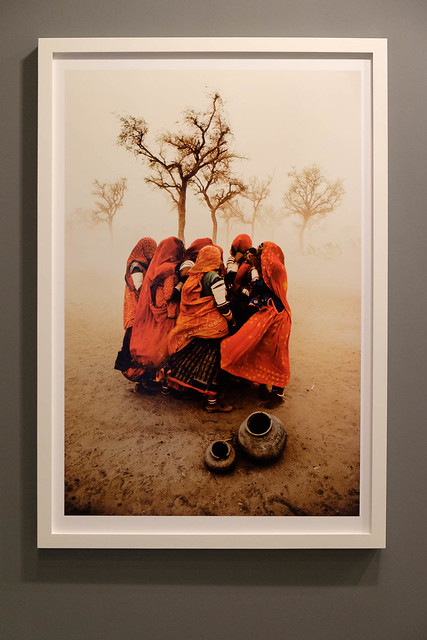
When asked what was it that attracted him to take the shot, was it the colours, the composition, or the content, his reply was the content. Colour doesn’t interest him, he said. This is despite the fact that most of the photos shown in the exhibition are very colourful. He added that the true test of a photograph is that it should still work after you took out all the colours.
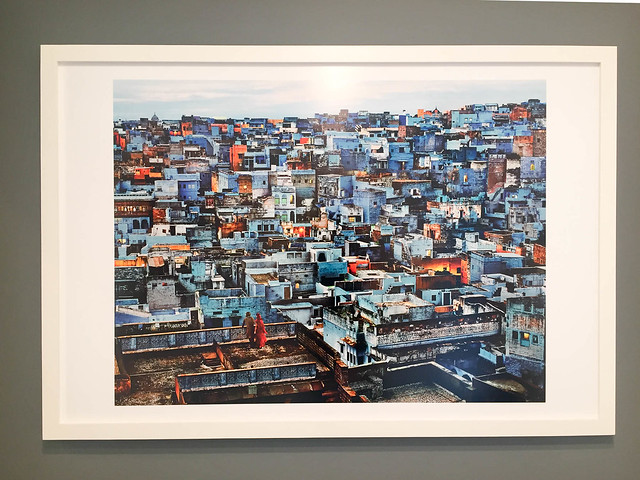
For the above shot of the Blue City in Jodhpur, India, McCurry scouted the location with that view and obtained permission from a house owner in order to shoot from the rooftop. He made two trips—one to shoot at sunrise, and another to shoot during sunset. It was the latter which ended up being chosen. The photograph was taken on a Hasselblad, he said, which renders lots of detail in that 60 x 40 inch print. It’s amazing to look at it in person. He also shared that the couple standing on the balcony on the foreground wasn’t posed, they just happened to be there.
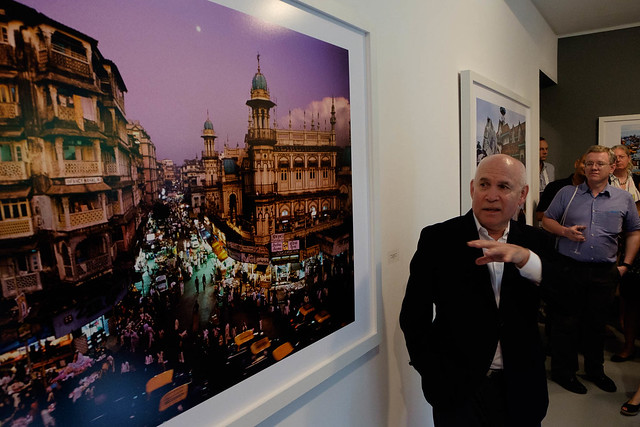
On the proliferation of smartphone photography, McCurry said that he does shoot with his iPhone and it makes very publishable photos. The image quality of modern phones, he said, are already good enough to make a print of up to 8×10 inches. In fact, he has a book coming up in September which features 2-3 photos taken on his iPhone 6. He also said that phones are a lot less threatening than a big DSLR, allowing you to get the shot more easily.
Invariably, there will be someone who asked for him opinion on the “film vs. digital” debate. To this, he said, “Digital now is far superior to film. Film is no match for what digital can do now. It’s unbelievable. So now I don’t shoot with film anymore.”
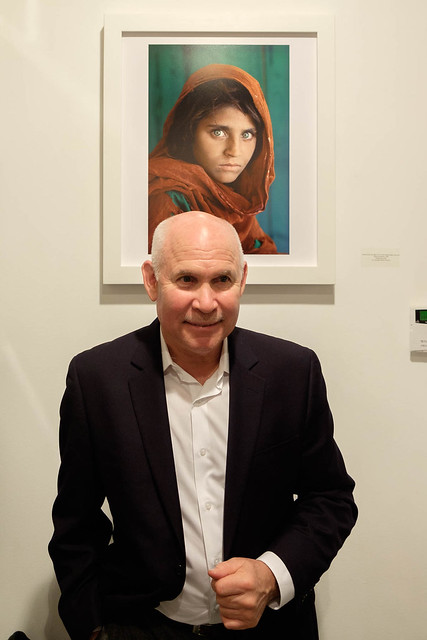
Steve McCurry: The Iconic Photographs will be on show from 16 Jan till 21st Feb 2016 at the Sundaram Tagore Gallery at the Gillman Barracks. It opens from 11am–7pm on Tuesdays to Saturdays, and 11am–6pm on Sundays.
Many thanks to Melanie Taylor, Sales Director of the gallery and my friend Belinda for giving me this opportunity.